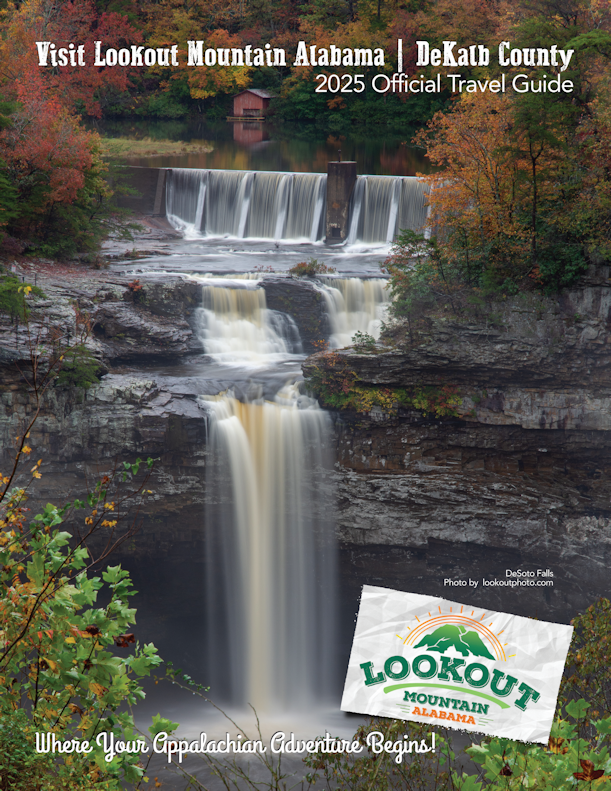Winter Wanderlust: Mastering the Chill with These Essential Camping Hacks
Winter Wanderlust: Mastering the Chill with These Essential Camping Hacks
By Kerry Scott
If the notion of winter camping sends shivers down your spine, reconsider! Winter unveils mountain views obscured by summer foliage. Embracing the chill offers unique opportunities for breathtaking scenery, solitude, and memorable adventures.
Here are the top five reasons winter camping is a fantastic choice:
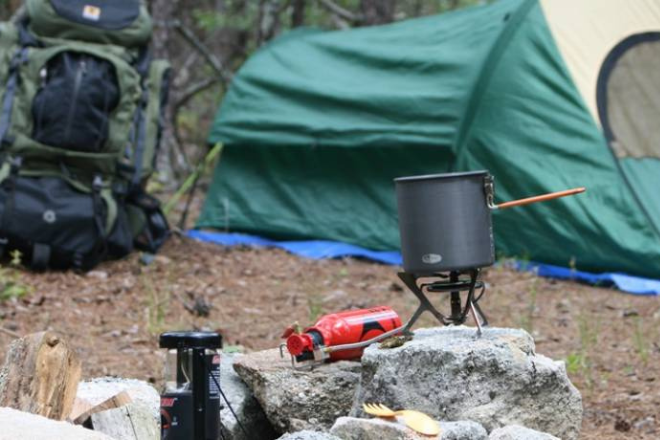
Escape the crowds:
In winter, the wilderness becomes your personal haven. Bid farewell to the hustle and bustle as you revel in the serenity and peace that only winter can provide.
Secure the best campsite:
No more battling for prime locations. Winter unfolds serene landscapes with unobstructed mountain views. Choose your ideal spot without the summer rush, creating a canvas for your winter adventure.
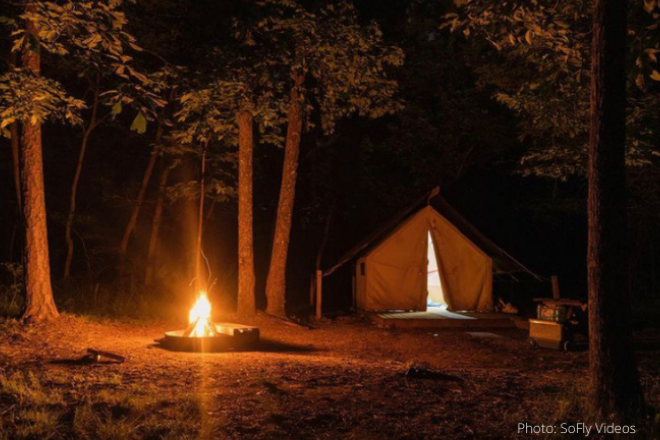
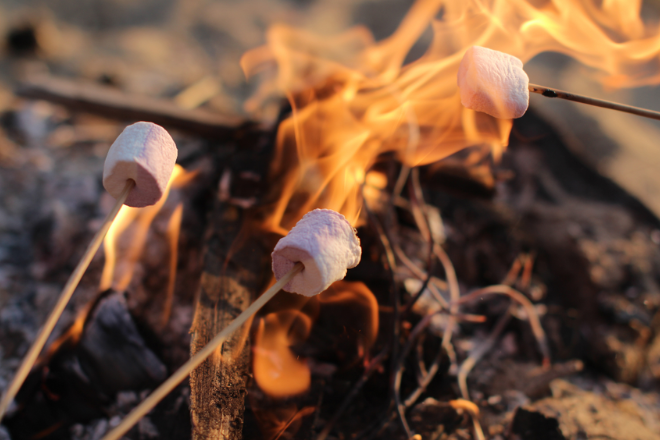
Calorie-burning bliss:
Winter’s cold weather naturally burns more calories. And with the physical exertion of hiking, tent pitching, and campfire building, you can indulge in s’mores guilt free. The extra calories are your winter camping reward.
Mosquito-free haven:
Wave goodbye to buzzing annoyances. Winter ensures a bug-free camping experience. Relish the crisp air without the constant hum of insects.
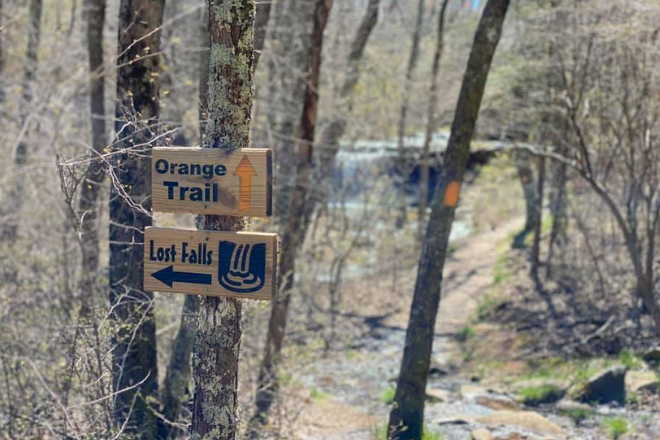
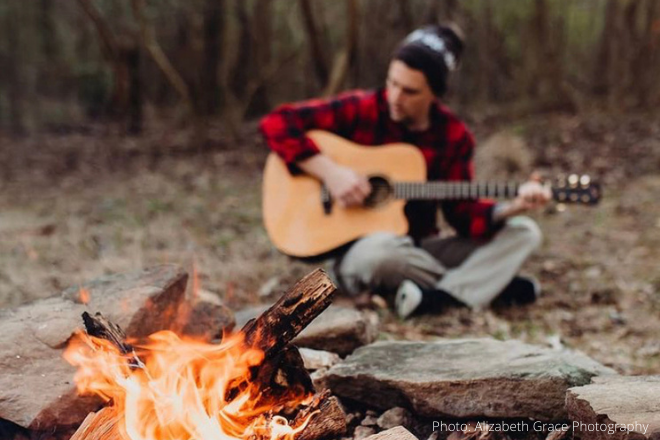
Enchanting campfires in the cold:
Experience the magic of a crackling fire in winter’s embrace. Gather around the warmth, share stories, and let the flames dance, creating unforgettable moments that will warm your heart for years.
To guarantee a successful winter camping adventure, consider these crucial points:
Weather awareness:
- Stay weather aware. Know the conditions and prepare accordingly. Regularly check your weather app, as winter weather can change rapidly.
Layered dressing:
- Lower temperatures demand dressing in layers. Utilize a moisture-wicking base layer, insulating layers, and outer layers protecting against wind and water. Pack extras and use the campfire to dry wet layers.
Four-season tent:
- Invest in a four-season tent to withstand rough winds, rain, and snow. Ensure it accommodates everyone and their gear comfortably.
Sleeping considerations:
- Combat heat loss by using two layers beneath your sleeping bag—an insulating closed-cell foam pad and a thin inflatable pad. Choose a sleeping bag rated at least 10 degrees below the lowest expected temperature. Bag liners can add up to 20 degrees of warmth.
Battery preparedness:
- Batteries drain faster in freezing weather. Keep them warm and pack extras if you rely on them.
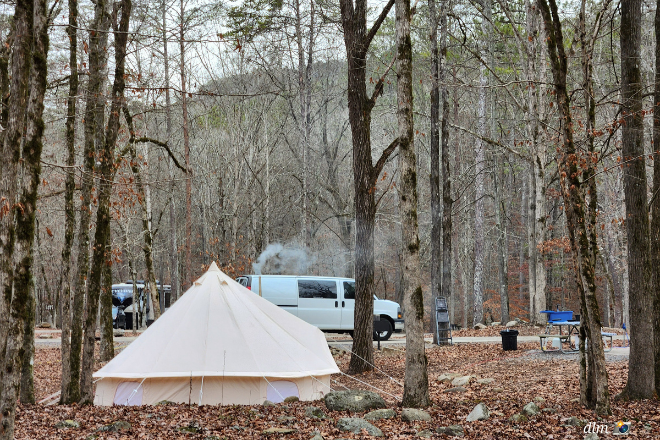
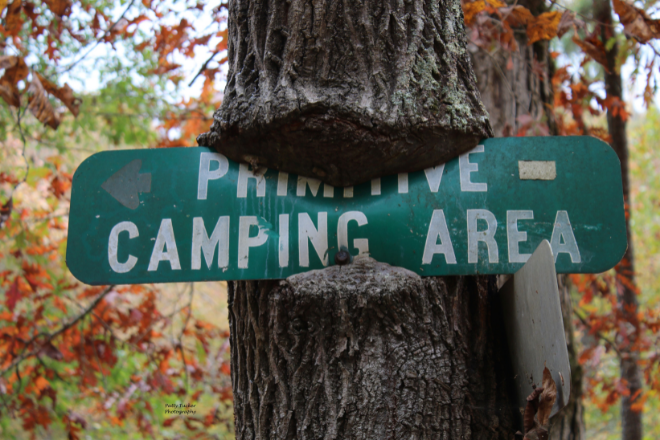
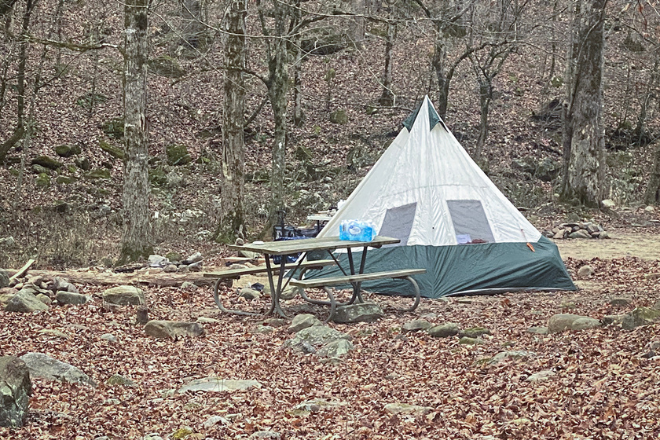
Explore winter camping at Buck’s Pocket State Park, DeSoto State Park and others found here. Share your winter camping tips and experiences to enhance the adventure for fellow outdoor enthusiasts. Leave a comment and contribute to the collective wisdom of the winter camper community!











